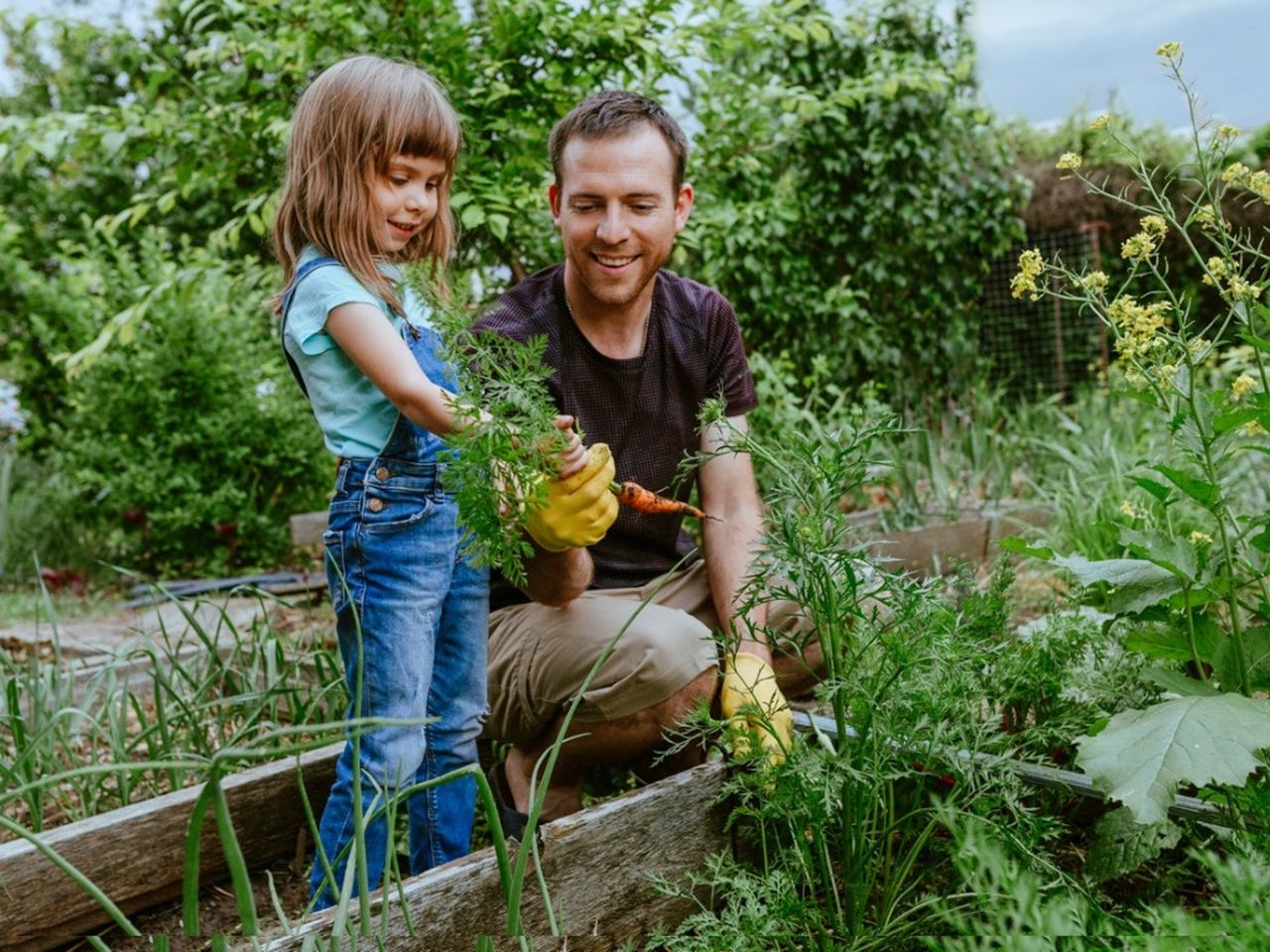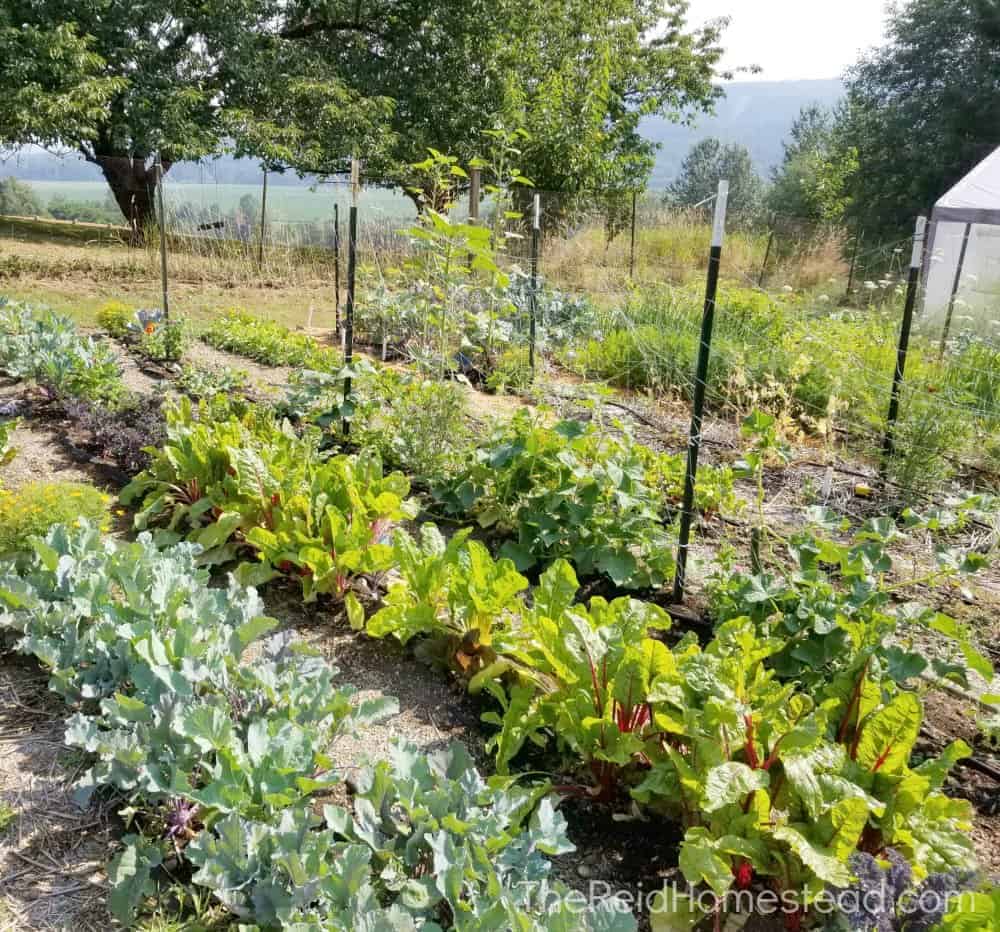Discover Important Tips for Effective Gardening Techniques and Practices
Gardening, typically seen as a simple activity, incorporates a series of strategies and practices that can significantly influence the result of your efforts. By focusing on necessary components such as soil health and wellness, reliable sprinkling methods, and appropriate plant selection, garden enthusiasts can develop a thriving ecosystem that supports dynamic growth. In addition, comprehending the subtleties of pest management and seasonal upkeep can additionally boost performance. Several lovers neglect important information that can make or break their gardening success-- discovering these overlooked elements may reveal the secret to cultivating a flourishing yard.
Understanding Dirt Health And Wellness
Dirt wellness is a basic aspect of effective gardening, as it directly influences plant growth, nutrient availability, and community balance. Healthy dirt is characterized by an abundant biodiversity of microorganisms, organic matter, and a well balanced pH level, which with each other develop an environment for plant advancement.
To understand dirt health, one should consider its physical, chemical, and organic residential properties. The structure and framework of dirt influence its ability to retain wetness and nutrients, while the chemical structure determines the schedule of vital components like phosphorus, potassium, and nitrogen. Regular soil screening is vital to assess these variables, permitting gardeners to make educated choices relating to plant foods and amendments.
Additionally, advertising biological activity within the dirt is essential for preserving its health and wellness. Practices such as composting, plant rotation, and using cover crops can enhance microbial variety, improve nutrient biking, and lower dirt erosion. By prioritizing soil health, garden enthusiasts not just optimize plant development yet additionally contribute to a sustainable environment, making sure that their horticulture methods are eco responsible and durable in time.
Efficient Sprinkling Techniques
Making certain that plants obtain the proper amount of water is vital for their health and development, specifically when paired with a solid structure of soil health and wellness (Homestead Gardening). Efficient sprinkling methods can substantially impact plant vigor, lowering water waste and promoting optimum advancement
One fundamental method is deep watering, which motivates origins to grow deeper into the soil, boosting drought resistance. This method generally includes sprinkling much less frequently however in bigger amounts, enabling dampness to pass through the root zone completely. Timing is additionally vital; early morning is the perfect time to water, as it reduces evaporation and enables foliage to dry during the day, decreasing illness dangers.
Additionally, using compost can assist retain dirt wetness and regulate temperature level, additional helping efficient sprinkling techniques. Making use of a drip watering system can additionally offer targeted dampness straight to the roots, making certain that water reaches where it's most needed while saving resources.
Keeping an eye on rains and soil moisture levels can lead changes in your watering routine, ensuring plants receive regular hydration without over-saturation. By adopting these efficient watering strategies, garden enthusiasts can promote a successful setting for their plants to flourish.
Plant Selection and Placement
Exactly how can the appropriate plant option and strategic placement transform a garden into a growing ecological community? The harmony in between plant varieties and their placement is important for producing a dynamic yard. When picking plants, take into consideration factors such as climate, soil kind, and sunshine direct exposure. Indigenous varieties are usually the very best choice as they are adjusted to neighborhood problems and call for much less upkeep.
Strategic placement involves arranging plants according to their development routines and requirements. Taller plants ought to be positioned at the rear of boundaries to avoid shading much shorter plants. In addition, grouping plants with similar water and light needs can improve their growth and reduce competitors for resources.
Incorporating a variety of plants not only adds visual charm but additionally promotes biodiversity, attracting valuable bugs and pollinators. Consider the seasonal adjustments in your yard; select a mix of annuals, evergreens, and perennials to guarantee year-round passion.
Finally, remember to examine the mature dimension of plants before growing to avoid congestion and ensure appropriate air circulation. Thoughtful plant option and strategic positioning create an unified setting, enabling your yard to flourish while decreasing difficulties.
Pest and Illness Monitoring
Efficient bug and disease administration is essential for preserving a healthy and balanced garden environment - Homestead Gardening. An aggressive method, integrating social, biological, and chemical techniques, can dramatically decrease the effect of parasites and diseases on your plants

Organic controls, see this such as presenting valuable insects like ladybugs or predatory mites, can keep insect populations in check without hurting the atmosphere. Furthermore, preserving plant health and wellness with appropriate watering, fertilizing, and trimming will boost their durability against illness.
When intervention is required, select targeted chemical treatments, guaranteeing to follow application guidelines to minimize harm to non-target microorganisms. Constantly focus on sustainable practices, as they promote long-term yard wellness and environmental equilibrium. By incorporating these methods, gardeners can efficiently manage pests and conditions, making sure flourishing plants and a productive yard.

Seasonal Upkeep Practices
In springtime, focus on dirt prep work by testing pH degrees and adding essential changes. Regularly evaluate emerging plants for parasites and illness.
As summer strategies, guarantee ample irrigation while monitoring for indicators of stress or condition. Prune back thick click over here plants to encourage air flow and lower humidity around vegetation. This practice not just boosts plant health and wellness yet also advertises blooming and fruiting.
With the arrival of autumn, it's time to get ready for winter. Clean up dropped leaves and particles to stop parasite infestations, and think about growing cover crops to enhance dirt wellness. This season is likewise excellent for dividing perennials and planting spring-flowering light bulbs.
Verdict
Successful gardening hinges on the combination of audio techniques in soil health and wellness, watering, plant option, parasite administration, and seasonal upkeep. By prioritizing dirt screening and microbial diversity, using efficient watering approaches, and selecting proper plants, garden enthusiasts can create growing ecosystems. Additionally, positive insect administration and thorough seasonal maintenance add dramatically to total yard vigor. her explanation Welcoming these strategies fosters a productive and sustainable horticulture environment, guaranteeing prospering development and durability throughout the altering seasons.
By prioritizing important elements such as dirt health and wellness, efficient watering approaches, and ideal plant choice, gardeners can develop a growing environment that supports vibrant development. By prioritizing dirt health and wellness, gardeners not just enhance plant growth yet likewise contribute to a lasting community, ensuring that their horticulture practices are eco accountable and resilient over time.
Taller plants ought to be positioned at the back of borders to prevent shielding shorter plants. Tidy up dropped leaves and debris to prevent bug infestations, and think about planting cover plants to enrich soil health.Effective gardening joints on the combination of audio practices in dirt health, watering, plant choice, parasite administration, and seasonal upkeep.